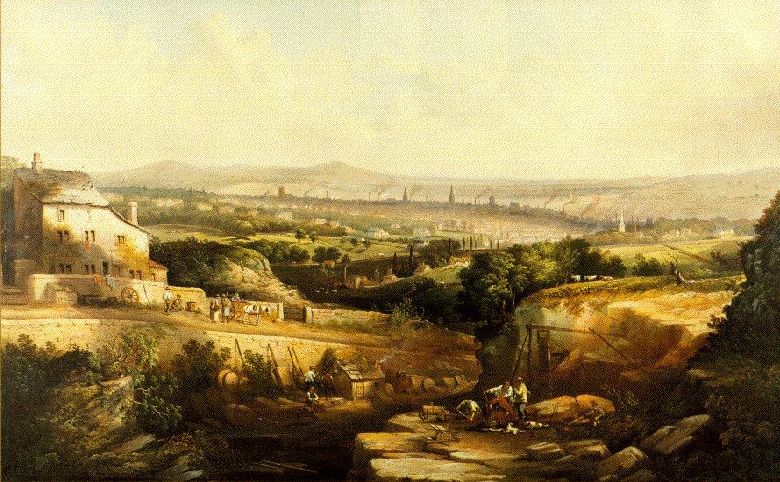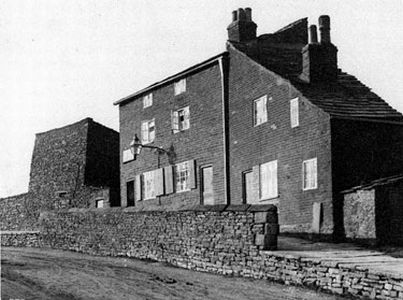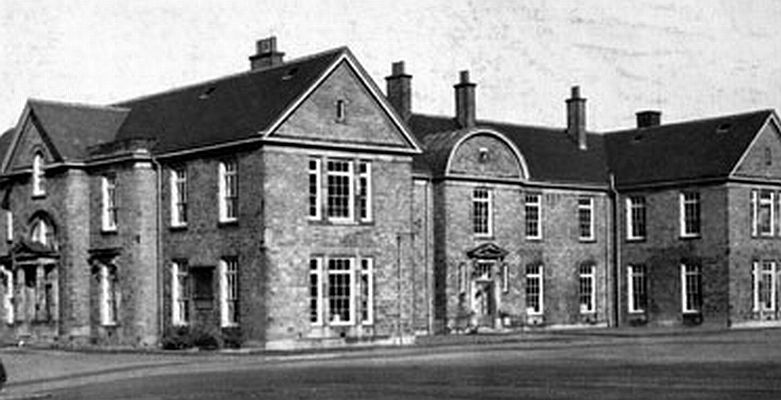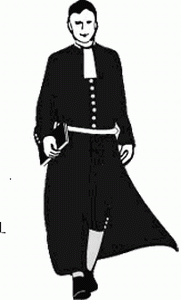
Psalter Lane Quarries 1875 by Joseph Wrightson MacIntyre -
A View of Sheffield from Psalter Lane.
 The salt-boxes (see cottages on left of print). |
Bluecoat School |
 Sheffield College of Art Psalter Lane. |
|
My parents and relatives, knew Brincliffe as the former Bluecoat School. The site was originally a stone-quarry (see contemporary print above) and the rock walls were still in evidence. Sometime towards the end of the 19th century the quarry was partially filled-in, to about the level of the car park; the quarry floor is twenty to thirty feet below the tarmac. The original Bluecoat School in East Parade behind Sheffield Cathedral# was a charitable organisation that existed to provide education for boys mainly from single-parent families, orphans whose fathers died fighting while serving in the forces.
At the outbreak of WWII in 1939, the school building was requisitioned by the Army and the Bluecoat School ceased to exist s a separate entity; the boys were dispersed to other schools in the City and the charity concentrated its efforts elsewhere. The Army wrought a number of changes: the flower-beds and field were surfaced to form a parking area for lorries and other vehicles. The interior of the building suffered too. The highly-polished wooden floors upstairs were soon battered out of all recognition by the hobnailed boots of the soldiers. Men were also billeted in nearby houses on Psalter Lane. As part of the defence of Sheffield, a fire-watching post was established on the roof and a machine-gun was also positioned up there. They must have had a spectacular view of the Sheffield blitz in December 1940. The main anti-aircraft batteries in this part of the City were positioned on Brincliffe Edge a little further up the hill. The use of the Bluecoat School by the Army is commemorated by an oak tree planted at the bottom of the drive. During WWII the quarries were used as rifle ranges etc. and a sentry stood at the end of the drive, The drill hall to the north was converted to a club/function room after the war and there were tennis courts on the car park. There were reported manifestations of ghosts at Brincliffe. In the 1930s a master at the Bluecoat School, Mr Nicholson, gassed himself in a fit of depression when he discovered he was losing his sight. His ghost, described as a tall thin man in a grey suit, has been seen and felt on many occasions. Encounters on the stairs with an unseen presence brushing past, slamming doors and the sound of footsteps when the building is apparently empty have all been reported over the years. More bizarre sightings, including a man wearing gaiters and the vision of a group of small boys in full Bluecoat uniform filing along the upstairs corridor. |
I am indebted to the late John Kirby of Learning Centre, Psalter Lane campus, Sheffield Hallam University, 1985.
Last edited May 2015. ©Terence Wilson MMIX
